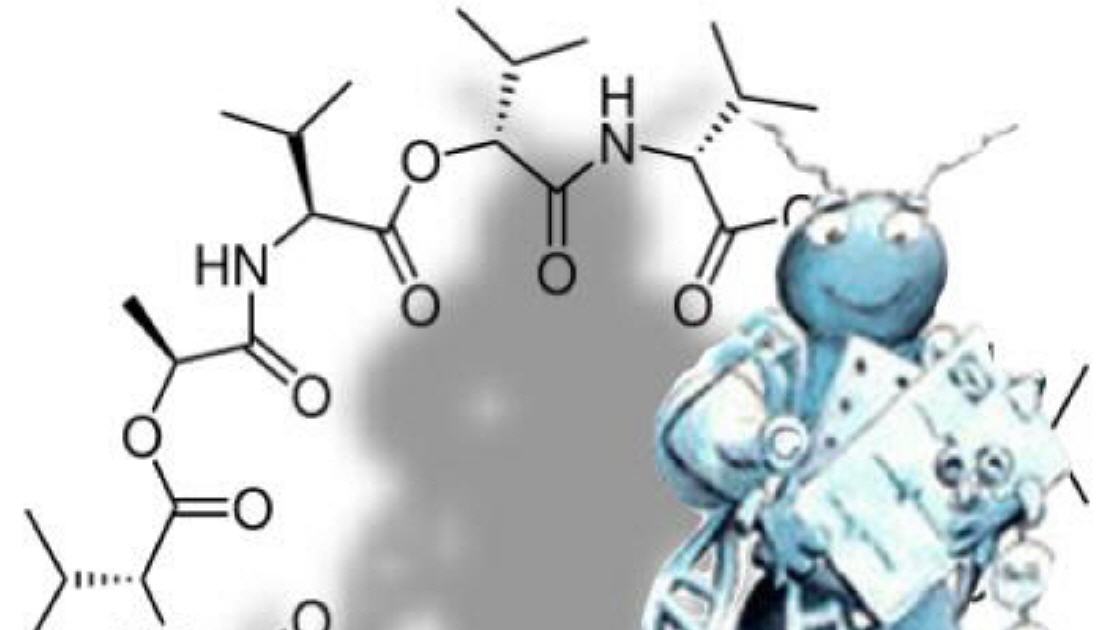Cosmetic Peptides
INCI list of cosmetic Ingredients & Peptides
| Product | CAS Number | Purity (%) | Price (€) ; **) |
|---|---|---|---|
|
Pentapeptid-18 Synonym: Leuphasyl Sequence H-Tyr-[D-Ala]-Gly-Phe-Leu-OH |
CAS No. : 64963-01-54 Molecular formula: C29H39N5O7 Molecular weight: 569.6 |
cosmetic grade | |
|
Hexapeptide-3/-8 Synonym: Argireline Sequence: Ac-EEMQRR-NH2 |
CAS No.: 616204-22-9 Molecular formula: C34H60N14O12S Molecular weight: 888.9 |
cosmetic grade | |
|
Acetyl-Octapeptide-3 Synonym: SNAP-8 Sequence: Ac-Glu-Glu-Met-Gln-Arg-Arg-Ala-Asp-NH2 |
CAS No.: 868844-74-0 Molecular Formula: C41H70N16O16S Molecular Weight: 1075.18 g/mol |
cosmetic grade | |
| GHK-Cu (copper Peptide) Sequence: (Gly-His-Lys)2 Cu x HAc |
CAS No.: 89030-95-5 Molecular Formula: C14H24N6O4 Molecular Weight: 340.5 g/mol |
cosmetic grade | |
|
Pal-GHK (Palmitoyl Tripeptide-1) Sequence: Pal-Gly-His-Lys-OH |
CAS No.: 147732-56-7 Molecular Formula: C30H54N6O5 Molecular Weight: 578.8 g/mol |
cosmetic grade | |
| Myristoyl-Pentapeptide-17 Sequence: Myr-KLAKK-Amide |
CAS No.: 959610-30-1 Molecular Formula: C41H81N9O6 Molecular Weight: 796 g/mol |
cosmetic grade | |
| Nonapeptid-1 Synonym: Melanostatine-5 acetate salt Sequence: H-Met-Pro-D-Phe-Arg-D-Trp-Phe-Lys-Pro-Val-NH2 | CAS No.: 158563-45-2 Molecular Formula: C63H91N15O11S Acetat salt Molecular Weight: 1266.5 g/mol | cosmetic grade | 290 € / 200 mg |
| **) Preisangabe zzgl. gesetzliche MwSt. und zzgl 52 € Versandkosten pro Lieferung. | |||
| CONTINUE | Nur für die Forschung. Nicht für die Diagnostik. | Gerne erstellen wir Ihnen auch für andere Peptide und andere Mengen ein Angebot. E-mail: info@genosphere-biotech.de |
Oligopeptide-1
Topical application of sh-oligopeptide-1 with cosmetic preparations.
However, sh-EGF (sh-oligopeptide-1) is authorised as a cosmetic in several different concentrations for generalised use, with unknown long-term risks.
Zugriffe heute: 2 - gesamt: 2797.

